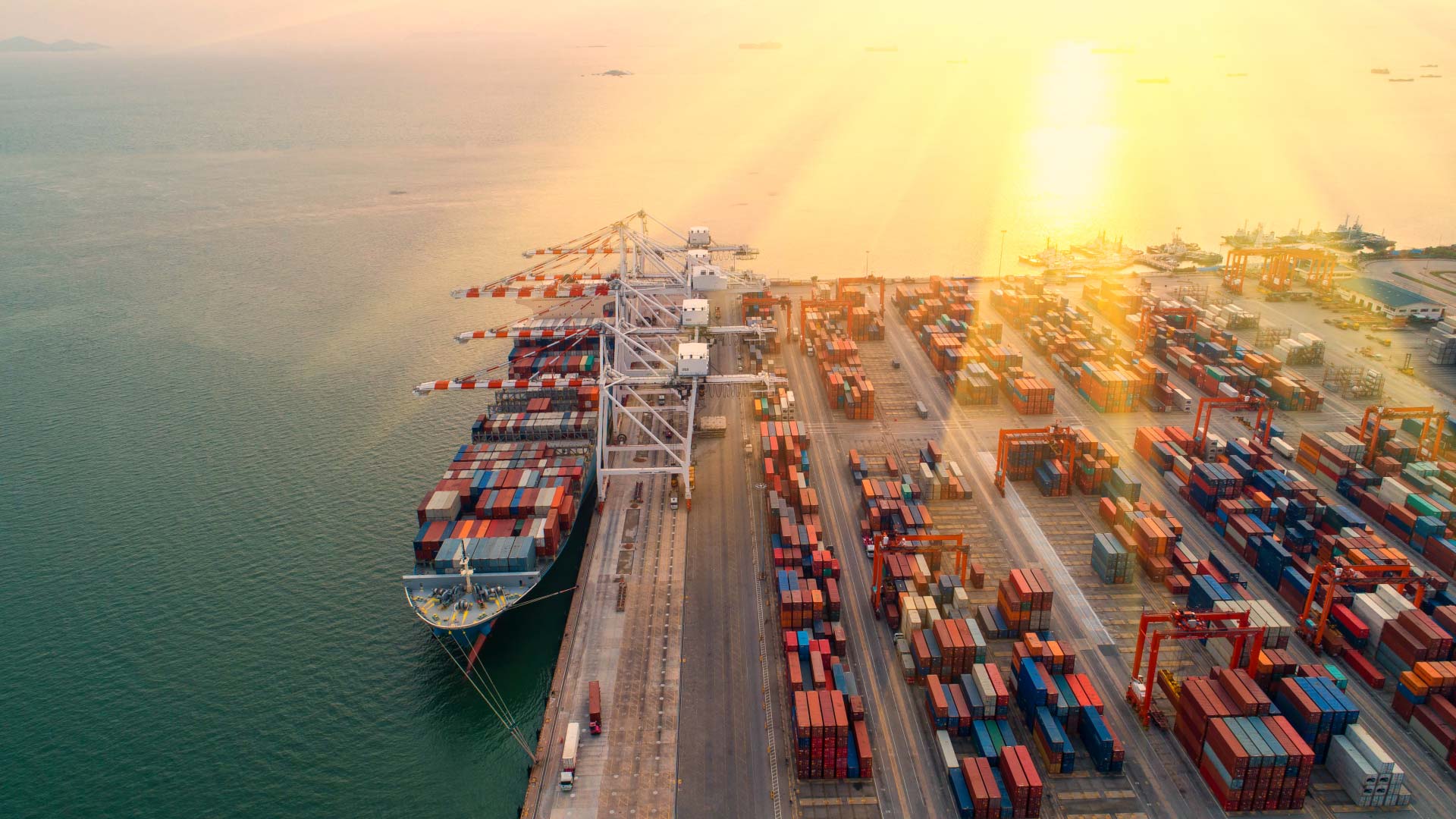Overview of the Vadhavan Port Project
Adani Ports and Special Economic Zone, Hindustan Infralog (DP World), Larsen & Toubro, Royal Boskalis, Van Oord Dredging and Marine Contractors, Jan De Nul Dredging, National Marine Dredging Company (NMDC), and International Seaport Dredging are some of the prominent names among 15 companies that have submitted Expressions of Interest (EoIs) for dredging, land reclamation, and shore protection works at the highly anticipated Vadhavan Port in Maharashtra, India.
Vadhavan Port, a strategic initiative aimed at boosting India’s maritime infrastructure, will play a pivotal role in expanding the country’s cargo-handling capacity. The development of the port is set to revolutionize cargo operations and increase India’s maritime competitiveness on the global stage.
Key Features of Vadhavan Port
The port will include:
- Nine container terminals, each measuring 1,000 meters in length.
- Four multipurpose berths, along with a dedicated coastal berth.
- Four liquid cargo berths.
- A Ro-Ro berth for roll-on/roll-off cargo.
- A Coast Guard berth.
Adani, Boskalis, and Other Major Bidders
Adani Ports and Special Economic Zone, a leader in India’s port operations, is among the major contenders for this ambitious project. They are joined by other global leaders such as Royal Boskalis, Jan De Nul Dredging, Van Oord, and National Marine Dredging Company. Together, these companies bring their expertise to bid for the dredging, land reclamation, and shore protection components of the project.
Public-Private Partnership (PPP) Model: A First for Indian Ports
The works at Vadhavan Port will be carried out under the Public-Private Partnership (PPP) model, specifically through the Hybrid Annuity Model (HAM). This innovative approach ensures shared risk between the government and private entities, enhancing the feasibility and attractiveness of large-scale infrastructure projects.
What Is the Hybrid Annuity Model (HAM)?
The Hybrid Annuity Model (HAM) is a combination of EPC (Engineering, Procurement, Construction) and BOT (Build, Operate, Transfer) models. Under HAM, the government provides up to 40% of the project cost during the construction phase, with the remaining investment covered by the private players. This structure encourages private investment while ensuring government participation in key infrastructure projects.
Vadhavan Port to Handle Massive Cargo Volumes
When fully operational, Vadhavan Port is expected to handle up to 298 million tonnes of cargo annually. Of this, 23.2 million TEUs (Twenty-Foot Equivalent Units) will be handled at the port’s state-of-the-art container terminals. The port’s location and design will enable it to become one of India’s busiest ports, catering to both domestic and international trade.
Expressions of Interest: The First Step Toward a Mega Port Project
While the current Expressions of Interest (EoI) phase is not a formal tender, it serves as a critical preliminary step in gauging the interest and expertise of global players in executing the dredging, land reclamation, and shore protection works. This marks the first time that India is using the PPP model under HAM for port-related infrastructure, making it a landmark project in the country’s maritime sector.
Conclusion
The Vadhavan Port development project represents a significant step forward in India’s port infrastructure, with the potential to revolutionize cargo handling and maritime trade. With major international players like Adani, Boskalis, and Jan De Nul in the running, the project is set to bring world-class expertise to the region. The use of the PPP model under HAM signals a forward-thinking approach to large-scale infrastructure development, ensuring both private sector participation and government oversight.
